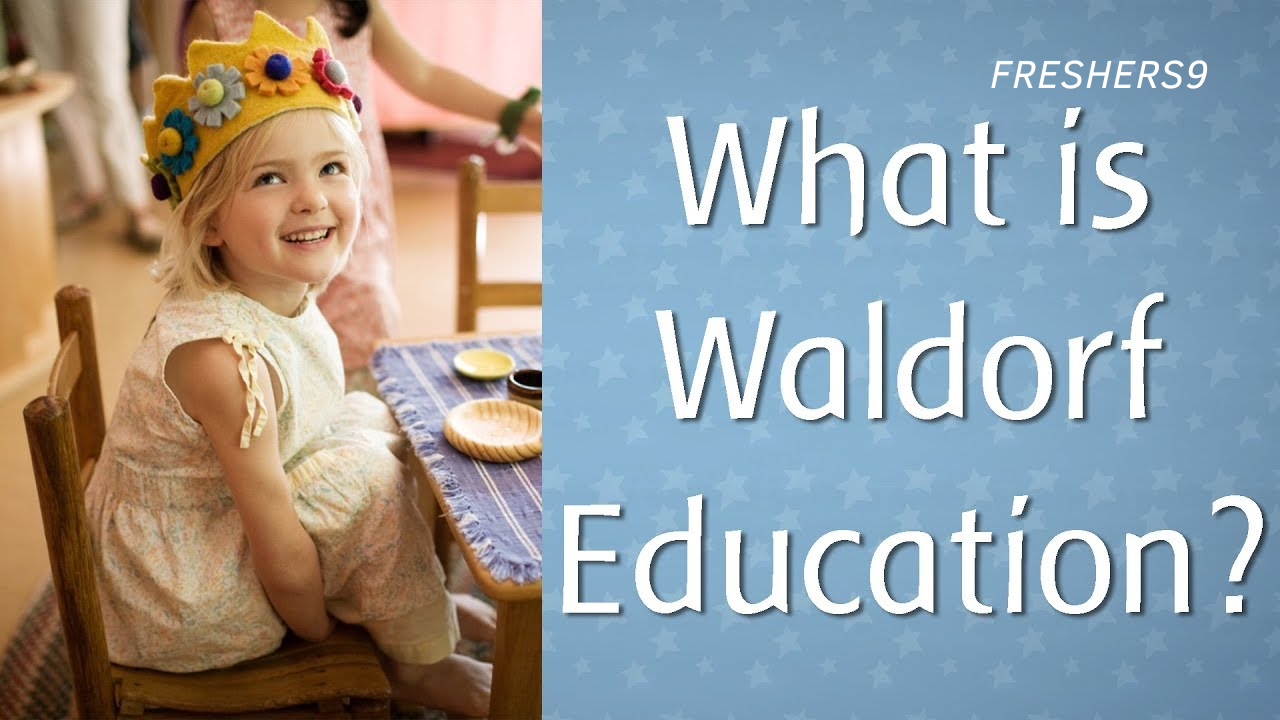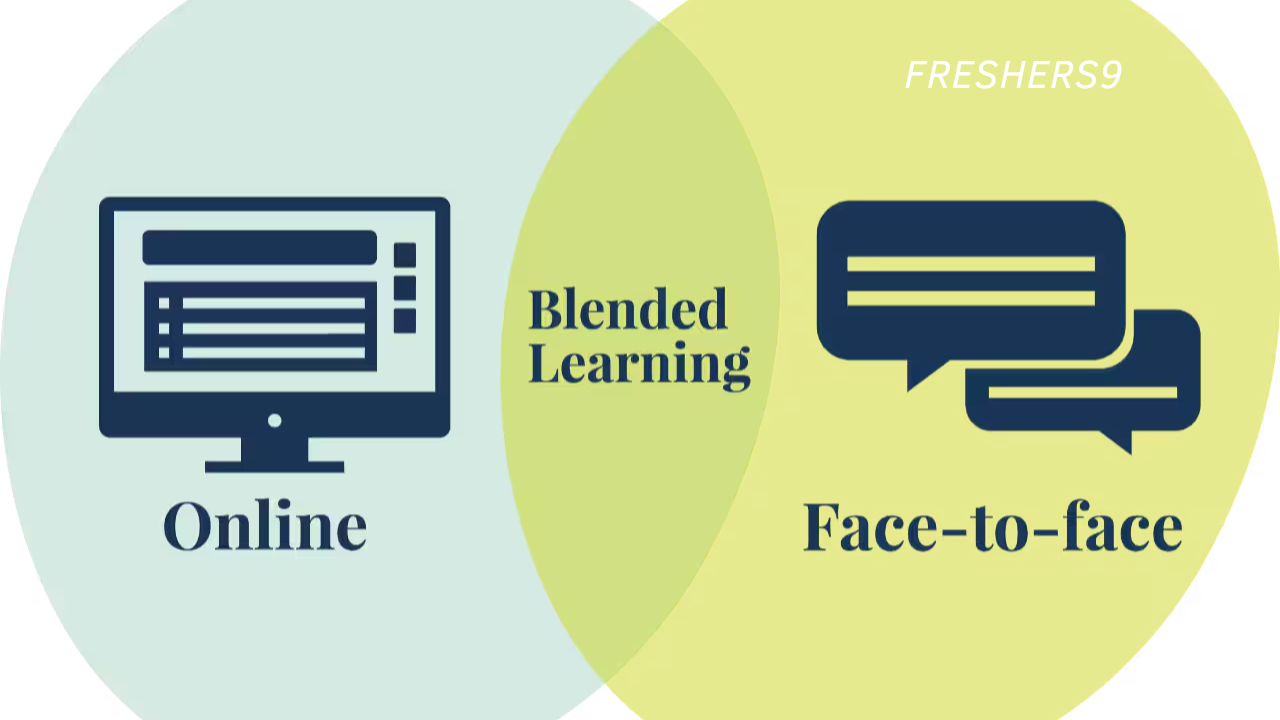Explore Alternative Education Models: Innovative Approaches to Learning
In an age where traditional education models are increasingly scrutinized for their effectiveness and inclusivity, alternative education models are gaining traction. These models aim to address the diverse needs of learners, foster creativity, and prepare students for an ever-changing world. In this article, we will explore several innovative approaches to learning that are reshaping education.
1. Montessori Education
Principles and Philosophy
The Montessori method, developed by Dr Maria Montessori, emphasizes child-centred learning. It encourages independence, hands-on learning, and collaborative play. The Montessori classroom is designed to be a stimulating environment where children can explore and learn at their own pace.
Implementation
Montessori education is typically implemented in preschools and elementary schools, though it can be adapted for older students. Classrooms are mixed-age, promoting peer learning and mentorship. Teachers act as guides rather than traditional instructors, facilitating learning through carefully prepared materials and activities.
Benefits
- Self-directed learning: Students develop autonomy and responsibility for their learning.
- Holistic development: Focuses on cognitive, emotional, and social growth.
- Creativity and critical thinking: Encourages problem-solving and innovation.
2. Waldorf Education

Principles and Philosophy
Founded by Rudolf Steiner, Waldorf education emphasizes the integration of the arts, imagination, and practical activities into the learning process. It aims to develop well-rounded individuals through a holistic approach that balances intellectual, artistic, and practical skills.
Implementation
Waldorf schools offer a curriculum that evolves with the developmental stages of the child. Early education focuses on imaginative play and arts, while later years incorporate more academic and practical subjects. Technology is often minimized in the early stages to foster creativity and social interaction.
Benefits
- Holistic development: Addresses physical, emotional, and cognitive growth.
- Strong community: Emphasizes collaboration and social responsibility.
- Rich arts curriculum: Promotes creativity and expressive abilities.
3. Reggio Emilia Approach
Principles and Philosophy
The Reggio Emilia approach, originating in Italy, views children as active participants in their learning. It emphasizes a child-centred, project-based learning environment where students explore topics of interest in depth.
Implementation
Teachers in Reggio Emilia schools act as co-learners, facilitating projects that stem from children's interests. Learning is documented through various mediums, and the environment is considered the "third teacher," designed to inspire exploration and discovery.
Benefits
- In-depth exploration: Encourages deep understanding through extended projects.
- Collaborative learning: Promotes teamwork and communication skills.
- Reflective learning: Uses documentation to enhance self-awareness and learning processes.
4. Homeschooling
Principles and Philosophy
Homeschooling allows parents to tailor education to their child's specific needs and interests. It offers flexibility in curriculum, pace, and teaching methods, often incorporating experiential and real-world learning opportunities.
Implementation
Homeschooling can take various forms, from structured curriculum-based approaches to unschooling, which is more spontaneous and interest-driven. Parents or tutors often act as facilitators, and learning can occur in diverse settings, including home, community, and online environments.
Benefits
- Customized education: Adapts to the child’s learning style and pace.
- Flexible scheduling: Allows for a more balanced life and learning experiences.
- Stronger family bonds: Facilitates closer relationships through shared learning experiences.
5. Project-Based Learning (PBL)
Principles and Philosophy
Project-Based Learning emphasizes learning through real-world projects that require critical thinking, problem-solving, and collaboration. It aims to make learning relevant and engaging by connecting academic content to practical applications.
Implementation
In PBL, students work on projects over extended periods, often culminating in a presentation or tangible product. Teachers facilitate by providing guidance, resources, and feedback, while students take an active role in their learning process.
Benefits
- Engaged learning: Increases motivation and interest through meaningful projects.
- Skill development: Enhances collaboration, communication, and critical thinking.
- Real-world connections: Prepares students for real-life challenges and opportunities.
6. Flipped Classroom
Principles and Philosophy
The flipped classroom model inverts traditional teaching methods by delivering instructional content outside of the classroom, often through video lectures. Classroom time is then used for interactive activities, problem-solving, and collaborative learning.
Implementation
Students watch lectures or read materials at home and come to class prepared to engage in discussions, projects, and hands-on activities. Teachers facilitate and support, addressing individual student needs and fostering a more interactive learning environment.
Benefits
- Active learning: Increases classroom engagement and participation.
- Personalized support: Allows teachers to provide targeted assistance.
- Efficient use of time: Maximizes classroom time for collaborative and applied learning.
7. Experiential Learning
Principles and Philosophy
Experiential learning focuses on learning through direct experience. It emphasizes reflection and application, allowing students to gain practical skills and knowledge through hands-on activities and real-world challenges.
Implementation
Experiential learning can occur in various settings, including internships, service learning, outdoor education, and lab work. Students engage in activities that require problem-solving, decision-making, and reflection, often with guidance from mentors or instructors.
Benefits
- Practical skills: Provides hands-on experience and real-world application.
- Deep learning: Encourages reflection and personal growth.
- Engagement: Increases motivation through active participation.
8. Democratic Schools
Principles and Philosophy
Democratic schools operate on principles of democratic governance, where students have a say in decisions affecting their education and school environment. This model promotes autonomy, responsibility, and active citizenship.
Implementation
In democratic schools, students participate in school meetings and decision-making processes, often having equal votes as teachers. The curriculum is flexible, allowing students to pursue their interests and learn at their own pace, with teachers acting as facilitators.
Benefits
- Empowerment: Fosters a sense of ownership and responsibility.
- Active citizenship: Encourages participation and democratic values.
- Personalized learning: Adapts to individual interests and needs.
9. Online and Blended Learning

Principles and Philosophy
Online and blended learning models leverage technology to provide flexible, personalized education. These models can accommodate different learning styles and paces, making education more accessible and scalable.
Implementation
Online learning delivers courses entirely through digital platforms, while blended learning combines online and face-to-face instruction. Students can access resources, complete assignments, and interact with peers and instructors through virtual classrooms.
Benefits
- Flexibility: Allows for self-paced learning and access from anywhere.
- Personalization: Adapts to individual learning needs and preferences.
- Scalability: Expands access to quality education globally.
Alternative education models offer diverse and innovative approaches to learning, catering to the varied needs and preferences of students. By emphasizing flexibility, creativity, and real-world application, these models aim to prepare learners for the complexities of the modern world. As education continues to evolve, these alternative models provide valuable insights and methods for fostering holistic, engaging, and effective learning experiences.